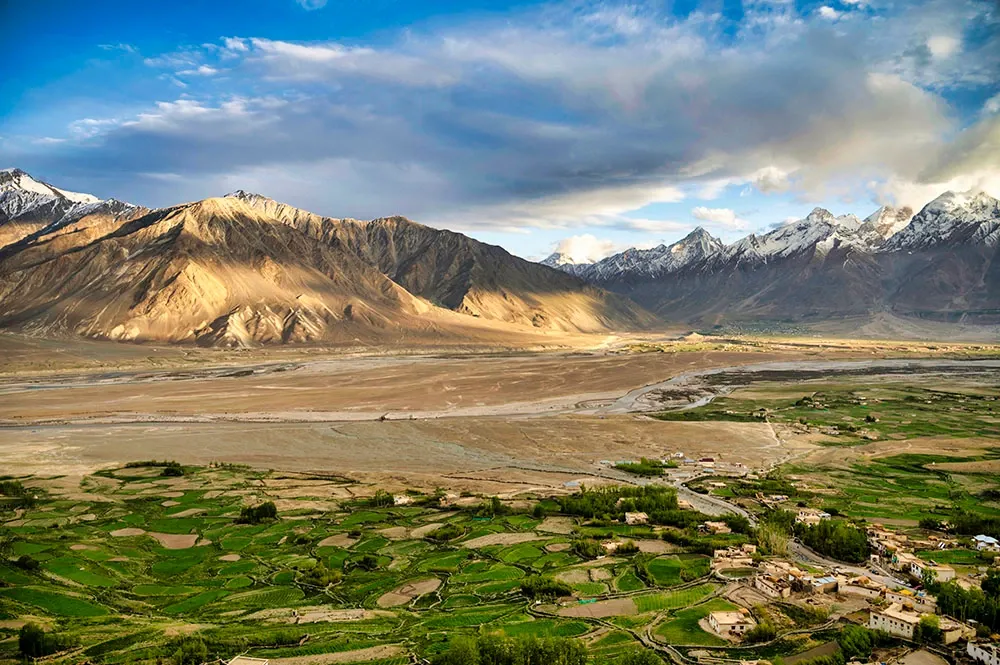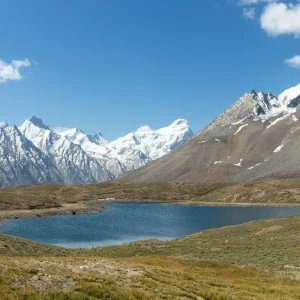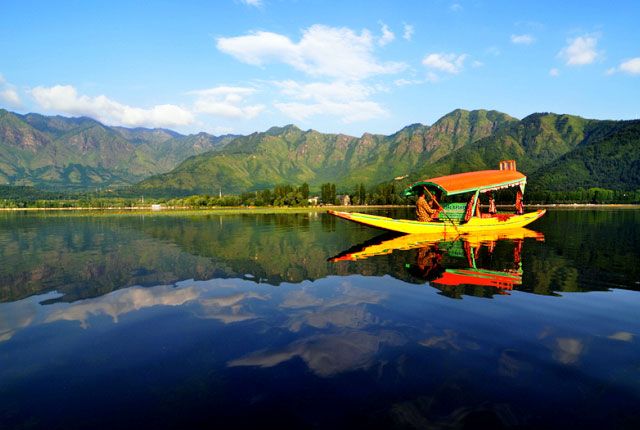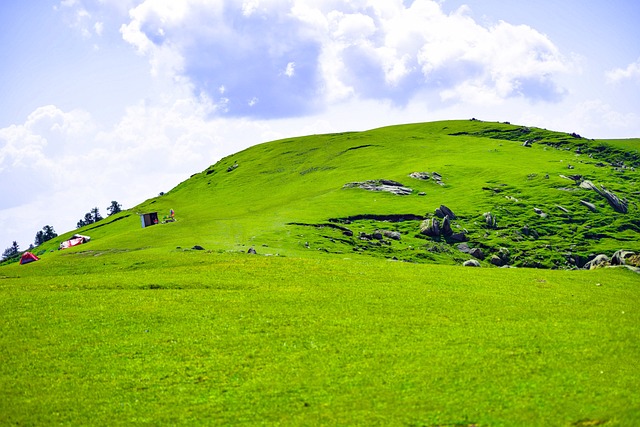
Zanskar Valley, Ladakh : A Hidden Gem for Adventure Seekers and Nature Lovers
Table of Contents
ToggleOverview
Far away in the Ladakh region lies a Valley yet to be introduced to the world, Zanskar Valley. Travelers who seek peace within nature, adventure, and never seen before picturesque beauty are bound to get mesmerized by the place. The valley and its hidden treasures deeply connected to the cultural heritage of India is very well captured within the beauty of nature. Zanskar valley with its ancient rivers, towering mountains, age old monasteries, stands to be one of the most beautiful and adventurous places for nature lovers across the globe. Today’s blog is dedicated to unveiling the stunning beauty of Zanskar Valley why it is destined to be the jewel crown of India tourism.





What is Zanskar Valley?
Zanskar Valley is a remote valley located in the Leh-Ladakh region of India. Surrounded by the majestic Zanskar mountains in the north and the Great Himalayas in the South, the region is usually situated at an altitude of 3,500 meters above the see level. The Zanskar River which is one of the largest rivers in the region flows through the valley and its source the Drang-Drung glacier and eventually flows into the Indus river.
The Zanskar Valley often called a “Hidden Valley”, is a mountain valley that remains isolated from mass tourism, which maintains its majestic beauty and traditional lifestyle. This valley is very popular because of its breathtaking monasteries, landscapes, and the unique Chadar Trek which embraces trekkers from around the globe.
Best Time to Visit Zanskar Valley
The Zanskar Valley is best visited between June and September. The weather is mild and pleasant with temperatures hovering between 15°C to 25°C. The snow also melts during this time making the roads open and the valley easy to access.
However, Zanskar Valley is most beautiful in winter months, especially from December to February. During this time, Zanskar Valley is breathtaking. This is also the time of year for the Chadar Trek, one of the most exhilarating treks on the planet where trekkers hike on the frozen Zanskar river.
How to Reach Zanskar Valley
In its own right, reaching Zanskar is a journey in itself. This is because Zanskar is a secluded region which is challenging to get to, but rewarding once you reach the valley.
By Road:
The easiest way to reach Zanskar is from Leh, the capital of Ladakh, and is connected via road. The Leh to Zanskar Road, which is also referred to as the Zanskar Highway, is closed during the winter months because of heavy snowfall. This journey takes about 10 to 12 hours to complete, spanning over 250 kilometers. Tourists traveling to Zanskar often take a break at Kargil, which is a town asleep on the highway.
By Air:
The closest airport to Zanskar Valley is Leh Airport (LEH), which has direct flights from large cities in India such as Delhi, Mumbai, and Srinagar. A taxi or local bus can be hired from Leh to Zanskar Valley. It is essential to be well acclimatized as Leh is a high altitude region and can cause altitude sickness.
By Trekking:
For the adventurous at heart, reaching Zanskar by trekking is not only rewarding but also an unforgettable experience. The Chadar Trek is the most famous frozen over Zanskar River Trek, which can be both strenuous and exciting. Due to the bitter cold and rough terrain, this trek is quite difficult, but will give you a breathtaking experience that you will remember forever.
The Wonders of Zanskar Valley
Because of its striking combination of dessert-like terrains, rugged mountains, and glacial rivers, Zanskar Valley easily stands out as a favorite vacation spot, especially for avid photographers. Below are the reasons why Zanskar Valley is considered an astonishing location:
- The Zanskar River
The Zanskar River serves as the core of the valley. The surrounding environment makes it one of the most scenic places in Ladakh. You can kayak, raft, or trek and enjoy the landscape from different perspectives. There are also frozen rivers, like the Zanskar River, that form breathtaking trekking routes like the Chadar trek, which is also quite popular among avid trekkers all across the globe.
- Drang-Drung Glacier
One of the largest glaciers in the Zanskar region is the Drang-Drung Glacier. Most travelers will surely be astonished by its beauty, as it sits triumphantly gaining life from the surrounding mountain ranges as well as the Zanskar river, making it an ideal spot for photography and trekking. It is also superb for feeding the Zanskar river.
- Zanskar’s Monasteries
The various ancient monasteries of Zanskar are of great cultural and religious value. These monasteries offer a perspective on the Buddhist lifestyle as, they are located on high cliffs or deep within secluded valleys. Some notable monasteries in Zanskar are:
– Zongkhul Monastery: Famous for its distinct architectural style and old wall murals, Zongkhul Monastery is situated along the Zanskar River.
– Phugtal Monastery: Phugtal Monasery is famous among trekkers for it’s meditative ambience. It is located within a cave, making it one of the most remote monasteries in Ladakh.
– Karsha Monastery: The largest monastery in Zanskar. It’s breathtaking views of the surrounding valley, makes it one of the most visited monasteries in Zanskar.
- Pensi La Pass
Pensi la pass has the best view of Drang-Drung glacier and the mountainous region that surrounds it. It makes for a great photographs scenery, which is why this pass has become a large stop for people travelling or trekking to Zanskar. The pass also serves the purpose of a border to Zanskar.
- Stargazing in Zanskar
Astrophotographers and stargazing enthusiasts at Zanskar are sure to appreciate the twinkling stars and planets due to the lack of light pollution, The clear skies during the night come alive with thousands of stars while the milky way makes an appearance.
Adventure Activities in Zanskar Valley
Valley trekking, white river rafting and outings are some of the adventures Zanskar has to offer for experience seekers. There are lots of ways to get your heart beating but for excitement junkies, Zanskar is an ultimate destination.
- Trekking
A stiff workout regime is certainly required as the trek rewards climbers with breathtaking mountain views. The most traditional trekking course for the Zanskar region is without a doubt the Chadar Trek. Every year, the freezing Zanskar river allows people to walk on the ice and marvel at the astonishing scenery. This canyon and waterfall filled trek allows for an abundant of stunning visuals while being incredibly challenging. Starches are a welcomed sight at the top of the trek as they are a majestic addition to the region’s surroundings. The additional trekking courses in Zanskar include the Darcha to Zanskar Trek, the Markha Valley Trek and many more.
- River Rafting
The Zanskar River is one of the rivers ideal for river rafting. The river is famous for its difficult rapids, making it one of the best places for people who enjoy white-water rafting. Rafting tours typically begin at Nimu village and conclude at the Indus River’s mouth.
- Camping
Zanskar camping enables one to witness nature in motion. Camping by the river, in the valleys, or near the monasteries, the experience of spending a night under the sky in this remote landscape is something that one will never forget.
Culture and People of Zanskar Valley
Most of the people who live in Zanskar are Zanskari Tibetans who practice Buddhism. The Zanskar culture’s foundation is Tibetan, and the people are known for their kindness and welcoming nature. They are able to get a taste of the rich lifestyle and customs of the natives by directly engaging with the people during the many traditional celebrations such as the Zanskar Festival and Ladakh Festival.
Monasteries have enormous influence over the region’s people in terms of culture and religion. The vibrant festivals celebrated at these monasteries are full of traditional Tibetan dance, music, and ritual.
Zanskar Valley—A Haven for Photographers
Landscape lovers and photographers will love Zanskar Valley, as it provides countless chances to capture nature’s true face on camera. Be it the breathtaking mountains, the frozen river, or the tranquil monasteries; there are lots of heavenly things to click. Transforming light geographies especially during the sunrise and sunset periods are other factors that can beautify every image taken at Zanskar Valley.
Conclusion
There is no doubt that Zanskar Valley in Ladakh is one of the most beautiful and unexplored places in India. From its strenuous treks to breathtaking views and rich culture, Zanskar is surely heaven on earth, and caters to every type of traveler. Whether you want adventure, love quiet surroundings, or want to relax and just enjoy the scenery, Zanskar’s appeal is magical. So, get your bags, trekking boots, and set off to Zanskar Valley in the heart of Ladakh.
How to book Ladakh tour?
Contact a travel agency that specializes in Kashmir tours. You can reach out to the following for assistance:
- Phone:
- +91 7889 655596
- +91 7006 891267
- Email:
Inquire about tour packages, itineraries, and pricing, and confirm your booking for a memorable winter experience!
People Also Ask
What is Zanskar Valley known for?
Zanskar Valley, located in the northernmost part of India in Ladakh, is known for its stunning landscapes, remote monasteries, trekking trails, and unique culture. It is famous for its pristine natural beauty and adventurous activities.
How do I reach Zanskar Valley?
The easiest way to reach Zanskar Valley is by road, usually from Leh. You can drive via the Leh-Srinagar Highway and the Zanskar Road, which is open during summer months. Air travel to Leh, followed by a road trip, is the most common route.
When is the best time to visit Zanskar Valley?
The best time to visit Zanskar Valley is between May and September when the weather is pleasant. During the winter, from October to April, the region is covered in snow, making travel challenging.
What is the Chadar Trek in Zanskar Valley?
The Chadar Trek is a famous winter trek that involves walking on the frozen Zanskar River. It is a challenging and unique experience for trekkers, usually undertaken in January and February.
Can you visit Zanskar Valley in winter?
Yes, you can visit Zanskar Valley in winter, although it is extremely cold and challenging. Winter is ideal for the Chadar Trek and witnessing the valley’s snow-covered landscapes.
What is the culture of Zanskar Valley like?
The culture of Zanskar Valley is deeply influenced by Tibetan Buddhism. The local people follow a traditional lifestyle, and monasteries are an important part of the community. Festivals like Dosmochey and Zanskar Valley Winter Festival are celebrated here.
What are the top attractions in Zanskar Valley?
Top attractions include the Zanskar River, the Chadar Trek, Phugtal Monastery, Stongdey Monastery, and the scenic villages of Padum and Lingshed.
Is Zanskar Valley safe for tourists?
Yes, Zanskar Valley is generally safe for tourists, though it requires careful planning due to its remote location and challenging weather conditions. It is important to travel with a guide or as part of a tour group.
What are the popular trekking routes in Zanskar Valley?
Popular trekking routes in Zanskar Valley include the Chadar Trek, Padum to Zangla Trek, and the trek to Phugtal Monastery. These treks offer breathtaking views of the Himalayas and the region’s unique landscapes.
What should I pack for a trip to Zanskar Valley?
Essential items to pack for a trip to Zanskar Valley include warm clothing (layers), sturdy trekking shoes, a good camera, a first-aid kit, sunscreen, and a headlamp. If visiting in winter, thermal wear and gloves are essential.
Are there any hotels or accommodations in Zanskar Valley?
Yes, there are basic guesthouses and homestays in Zanskar Valley, especially in Padum, the main town. However, amenities are limited, and travelers should be prepared for a rustic experience.
How long does it take to reach Zanskar Valley from Leh?
The drive from Leh to Zanskar Valley takes approximately 12-14 hours, depending on road conditions. It is a scenic but long journey, with winding mountain roads.
What is the climate like in Zanskar Valley?
Zanskar Valley experiences a cold desert climate with extremely harsh winters and mild summers. Summer temperatures can range from 15°C to 25°C, while winters can dip below -20°C.
Can I visit Zanskar Valley by bike?
Yes, biking to Zanskar Valley is a popular adventure. Many motorcyclists take the route from Leh to Zanskar Valley, which offers an exhilarating ride through rugged terrains.
What is the significance of Phugtal Monastery?
Phugtal Monastery is one of the most famous monasteries in Zanskar, known for its isolated location and unique architecture. It is a significant site for Tibetan Buddhism and a popular trekking destination.
Is there internet access in Zanskar Valley?
Internet access is limited in Zanskar Valley, especially in remote areas. Some guesthouses and cafes may have satellite internet, but expect slow and unreliable connections.
How can I book a Chadar Trek?
The Chadar Trek can be booked through travel agencies that specialize in adventure tourism. It is important to book in advance as permits and guides are necessary, and the trek requires careful planning due to its challenging nature.
What languages are spoken in Zanskar Valley?
The primary language spoken in Zanskar Valley is Zanskari, a dialect of Tibetan. However, many locals also speak Hindi and English, especially in more tourist-oriented areas.
What are the best activities in Zanskar Valley?
Popular activities in Zanskar Valley include trekking, camping, river rafting, visiting monasteries, and experiencing local festivals. The Chadar Trek and visits to remote villages are particularly popular.
What is the Zanskar River known for?
The Zanskar River is known for its challenging winter Chadar Trek, where trekkers walk on the frozen river. The river also offers opportunities for river rafting during the summer months.
Are there any wildlife sightings in Zanskar Valley?
Zanskar Valley is home to various species of wildlife, including snow leopards, Himalayan ibex, and marmots. Birdwatchers can also spot rare species such as the golden eagle and the Himalayan griffon vulture.
Can I experience local festivals in Zanskar Valley?
Yes, you can experience local festivals such as Dosmochey and Zanskar Winter Festival, which are celebrated with traditional dances, prayers, and rituals, offering a deep insight into the local culture.
What is the food like in Zanskar Valley?
The food in Zanskar Valley is primarily Tibetan and Ladakhi, consisting of dishes like thukpa (noodle soup), momos (dumplings), and tsampa (roasted barley flour). These hearty meals are designed to provide warmth and energy in cold temperatures.
Are there any monasteries in Zanskar Valley?
Yes, Zanskar Valley is home to several important monasteries, including Phugtal Monastery, Stongdey Monastery, and Zanskar Monastery. These monasteries are not only places of worship but also key cultural and historical landmarks.
What are the road conditions like in Zanskar Valley?
Road conditions in Zanskar Valley can be challenging, with rough terrain, high altitudes, and unpredictable weather. During winter, some roads are blocked due to heavy snowfall. A 4×4 vehicle is recommended for traveling.
How can I plan a trip to Zanskar Valley?
Planning a trip to Zanskar Valley requires careful preparation, including obtaining permits, booking accommodations, and arranging for local guides. It is best to travel during the summer months when road conditions are better and the weather is more favorable.
What should I know before visiting Zanskar Valley?
Before visiting Zanskar Valley, it’s important to be aware of the region’s high altitude and remote location. Make sure to acclimatize properly, carry necessary supplies, and be prepared for the harsh weather conditions, especially if visiting in winter.




